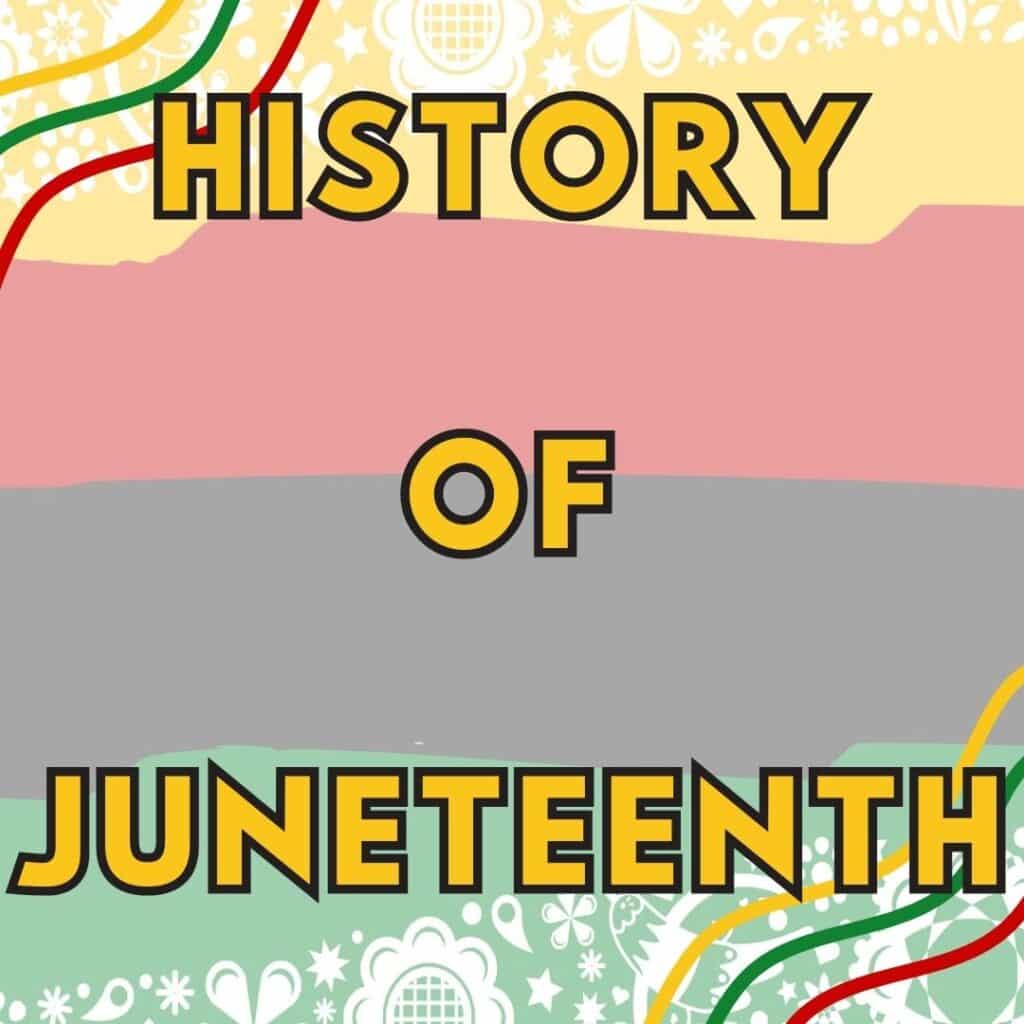
President’s Day
Here’s a fun trivia question: Who are the four American presidents that have birthdays in February?
If you answered George Washington, William Henry Harrison, Abraham Lincoln, and Ronald Reagan, you are correct!
Did you also know that Presidents’ Day is celebrated differently across the country? That’s right! Surprisingly, many disagree on the meaning of this federal holiday, what it is supposed to be called, and who it is supposed to be celebrating. Odd, right?
History of President’s Day
What we now commonly refer to as Presidents’ Day was originally known as George Washington’s birthday, which falls on February 22nd. The idea to make it a holiday was proposed by Senator Stephen Wallace Dorsey of Arkansas and signed into law by President Rutherford B. Hayes in 1979. This was only for Washington D.C., however. In 1885, it became a holiday for the whole country to celebrate.
Presidents’ Day Today
The Uniform Monday Holiday Act of 1971, which aimed to create more 3-day holiday weekends for workers to combat absenteeism, also attempted to change George Washington’s Day on February 22nd into Presidents’ Day on the third Monday of the month. This brought widespread disagreement from Washington’s home state of Virginia, and while the proposal to make federal holidays on the 3rd Monday of the month, the second part of the Act involving George Washington’s birthday was dropped.
However, well into the 1980s, the holiday was changed to Presidents’ Day. Additionally, individual states chose and still choose to celebrate the day in different ways.
You may be fresh off celebrating (and learning about) Groundhog’s Day, and ready for more celebration! This is what led me to create another helpful and affordable resource for teachers!
Product Pairing
To celebrate (and learn about) this surprisingly disagreed upon holiday, I created a fun and engaging group research activity where students can research biographical information on the first ten presidents and share with others what they have learned. This resource comes in both digital and paper format, making it easy to roll out for your in-person learners, remote learners, or a combination of the two!
If you’re looking for more on how this holiday is confusing and contested, check out this short video from Homeschool Pop! It’s short enough to keep your learners listening and incredibly interesting!
Looking for more?
| Cookie | Duration | Description |
|---|---|---|
| cookielawinfo-checbox-analytics | 11 months | This cookie is set by GDPR Cookie Consent plugin. The cookie is used to store the user consent for the cookies in the category "Analytics". |
| cookielawinfo-checbox-functional | 11 months | The cookie is set by GDPR cookie consent to record the user consent for the cookies in the category "Functional". |
| cookielawinfo-checbox-others | 11 months | This cookie is set by GDPR Cookie Consent plugin. The cookie is used to store the user consent for the cookies in the category "Other. |
| cookielawinfo-checkbox-necessary | 11 months | This cookie is set by GDPR Cookie Consent plugin. The cookies is used to store the user consent for the cookies in the category "Necessary". |
| cookielawinfo-checkbox-performance | 11 months | This cookie is set by GDPR Cookie Consent plugin. The cookie is used to store the user consent for the cookies in the category "Performance". |
| viewed_cookie_policy | 11 months | The cookie is set by the GDPR Cookie Consent plugin and is used to store whether or not user has consented to the use of cookies. It does not store any personal data. |